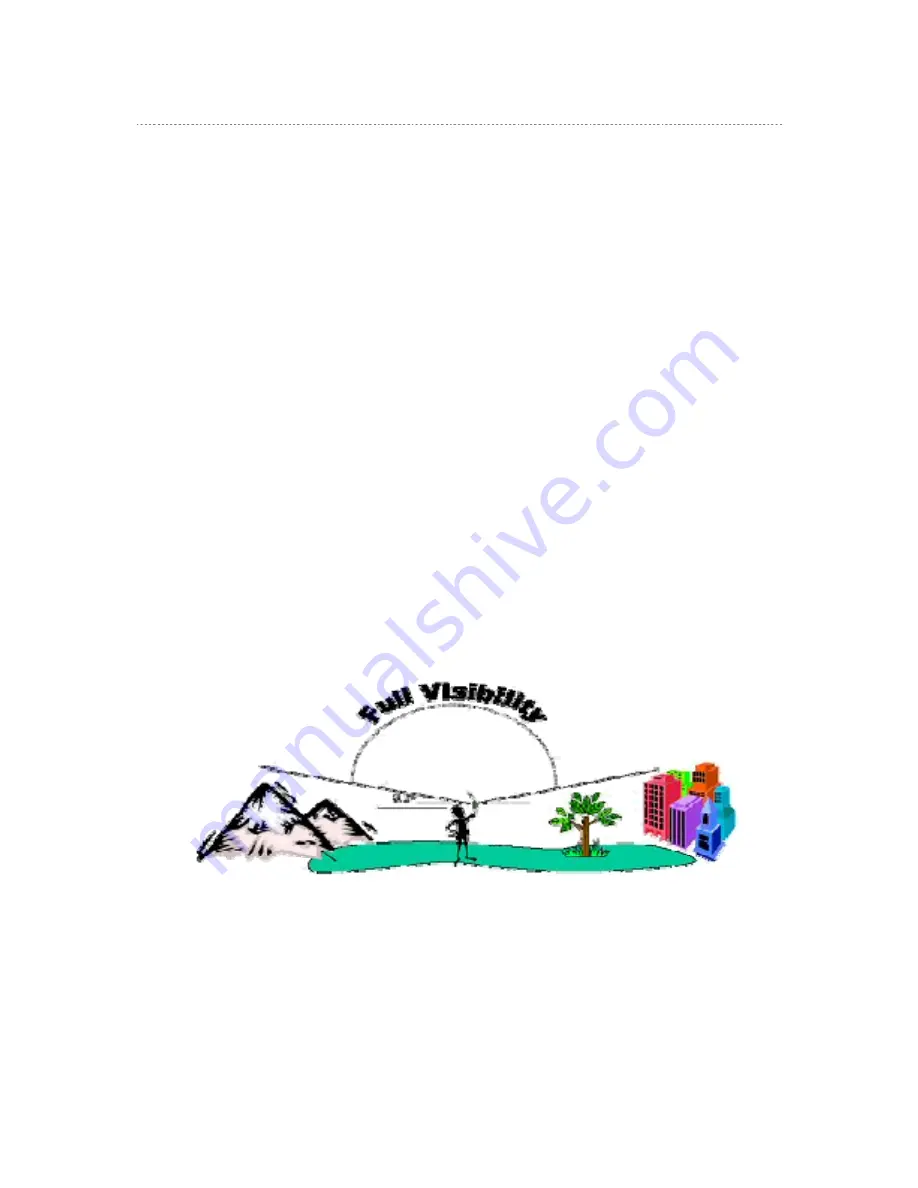
RST100
USER
&
INSTALLATION
MANUAL
41
Assuring Quality of Iridium Service
Iridium is committed to providing users around the world consistent, reliable, quality
voice and data access all day every day. The Iridium satellite system is monitored for
call performance from numerous locations 24 hours a day, 7 days a week in order to
achieve this.
Iridium continually strives to provide high quality voice and data communication links
for its subscribers. However, there are conditions that can compromise the quality of
the service you may receive.
There are three common factors regarding the user's environment that can lead to
degraded service quality. Obstructions, Cabling and Interference
Obstructions.
For best performance, the user’s antenna must be able to “see” the entire sky from
approximately 8 degrees above the horizon. Nearby tall buildings or similar
structures, heavily leafed trees, mountains, etc. can degrade performance as they
block the signal between the equipment’s antenna and the satellites. Having a
completely open view of the sky plays a very important role in maximizing
performance, as the Iridium satellites cross the sky from horizon to horizon during a
call connection.
A good rule of thumb is that all surrounding obstructions should be lower than the top
of a fist which is extended at arms length and the bottom of the fist placed on the
horizon. Note that Iridium performance is immune from natural environments such as
clouds, fog, rain, snow, wind and smoke.
Cabling.
Using an externally (outside) mounted antenna provides an ideal solution for many
applications. If you have or plan to install an external antenna, note that it is very
important that the cables used for these installations must meet the guidelines that
Iridium has established for proper performance.
For optimal performance, we recommend using the shortest length of cable and the
fewest number of connectors possible.




















